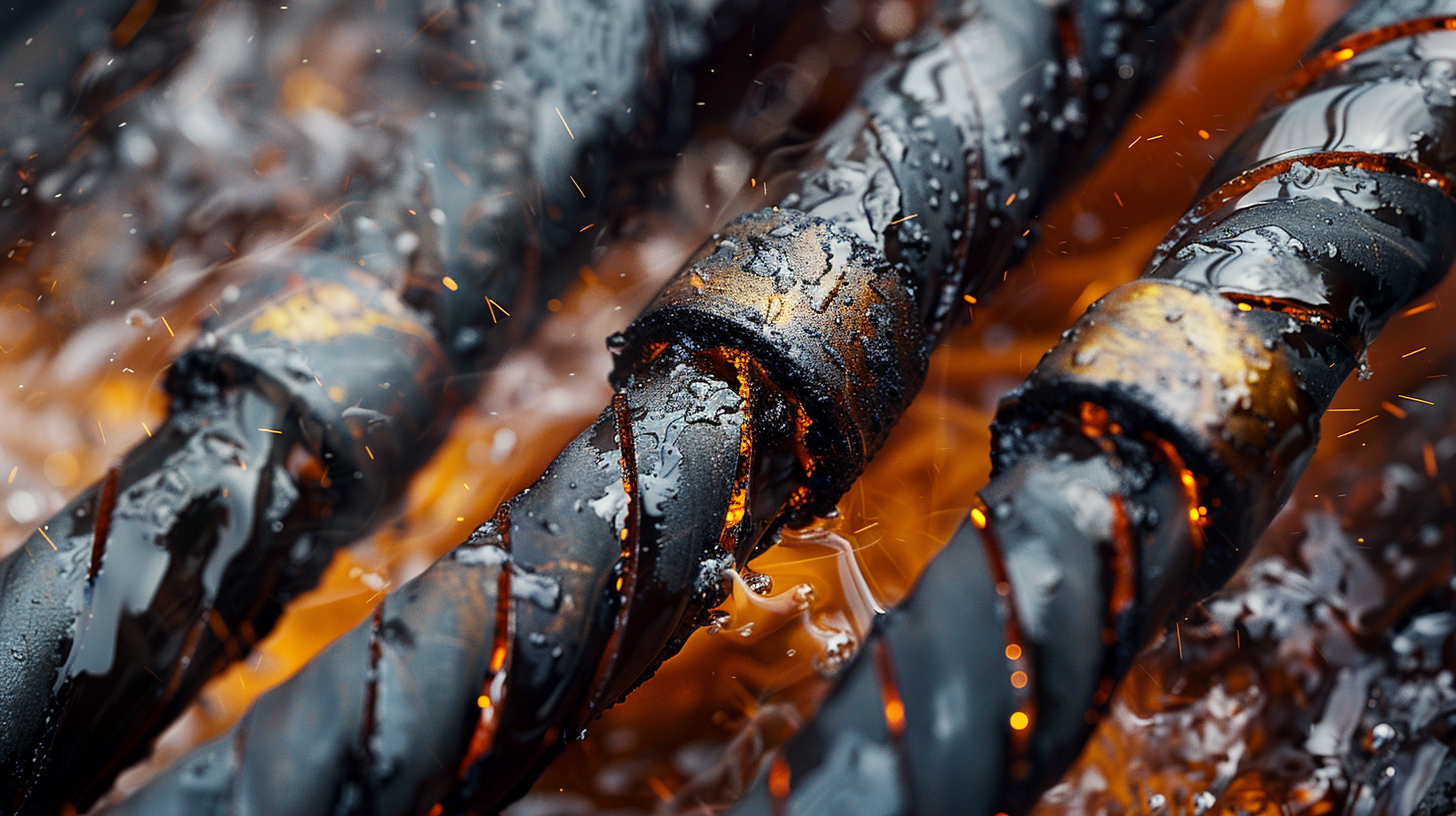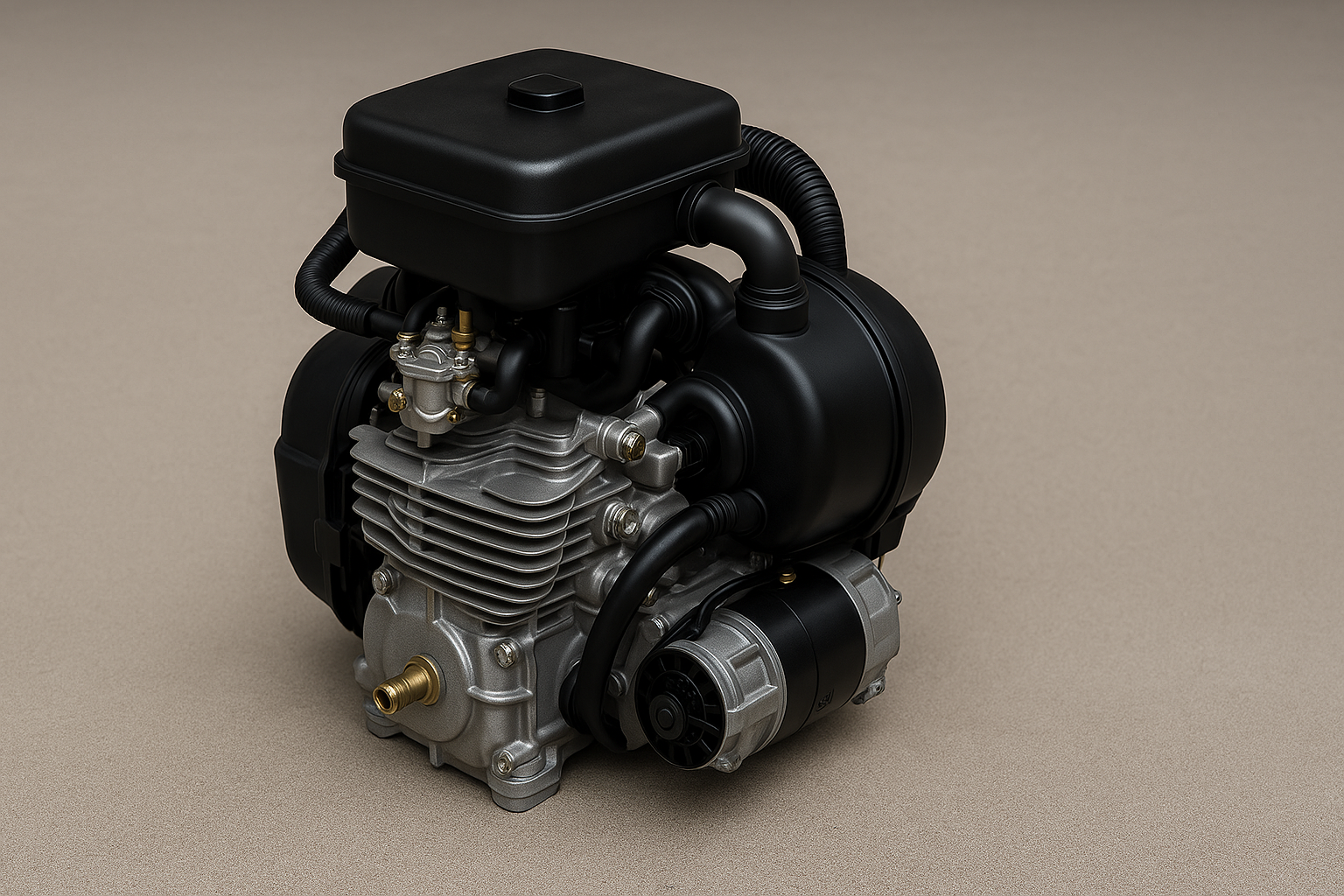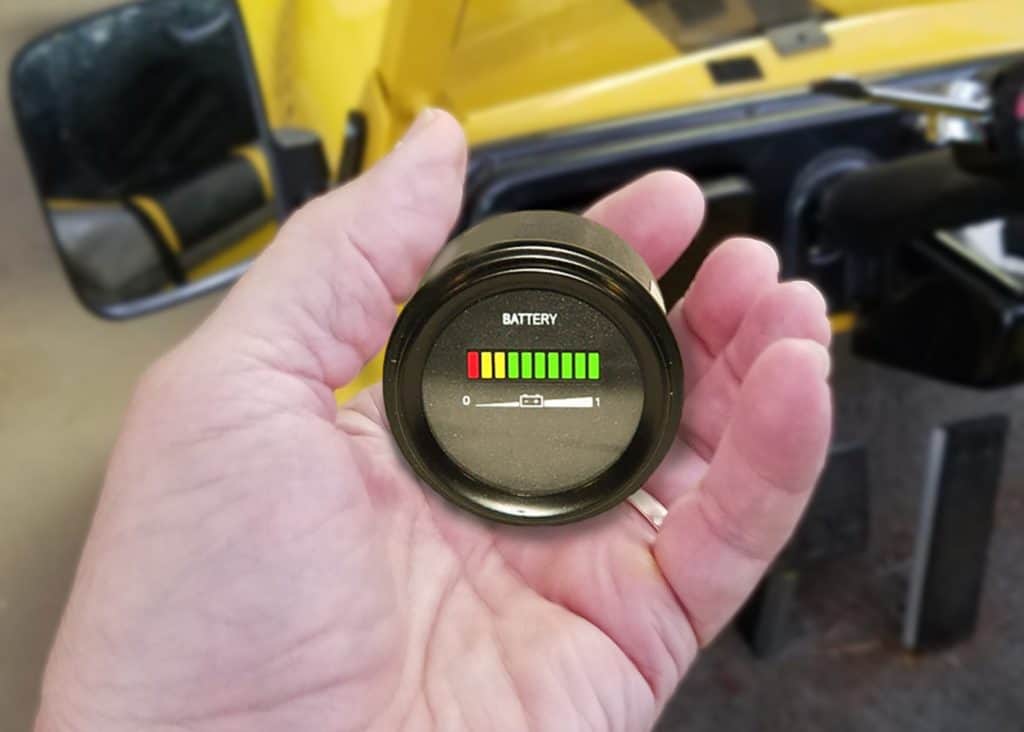Introduction
Golf carts, a staple in both leisure and utility, hinge on the reliability of their battery systems. Central to this system are the battery cables and terminals, whose durability and electrical conductivity play pivotal roles. This guide delves into the nuances of these components, offering insights into their maintenance, repair, and enhancement.
Key Takeaways
- Regular inspection and maintenance of battery cables and terminals are crucial for optimal golf cart performance.
- Understanding when and how to replace these components can save time and improve efficiency.
- Choosing the right cables and terminals requires consideration of compatibility, performance needs, and environmental factors.
- DIY repairs and upgrades offer opportunities for customization and performance enhancement.
- Preventative measures against corrosion extend the life and functionality of your golf cart’s battery system.
Understanding Golf Cart Battery Cables and Terminals
Types of Battery Cables and Terminals
Golf carts utilize a variety of battery cables and terminals, each with unique features. The cable gauge and terminal types are crucial for matching voltage requirements and ensuring energy efficiency. Understanding these variations is key to optimal golf cart performance.
Importance in Golf Cart Performance
The health of battery cables and terminals directly impacts the cart’s functionality. Issues like poor electrical conductivity or corrosion resistance can lead to power losses and inefficiencies. Regular inspection guidelines and cleaning solutions are essential for maintaining peak performance.
Maintenance of Golf Cart Battery Cables and Terminals
Regular Inspection and Cleaning
Routine checks are vital for longevity. This involves examining for wear, ensuring corrosion resistance, and using appropriate cleaning solutions. Adhering to these inspection guidelines not only prolongs the life of your cables and terminals but also safeguards the cart’s overall health.
Preventing and Addressing Corrosion
Corrosion is a common yet preventable issue. Implementing preventative measures and using the right cleaning solutions can significantly reduce the risk. In cases of existing corrosion, understanding the troubleshooting steps is crucial for effective resolution.
DIY Repairs and Replacements
When to Replace Battery Cables and Terminals
Identifying the right time for replacement is crucial. Signs such as visible wear, reduced performance, and frequent power issues indicate it’s time for a change. Understanding these signs ensures timely maintenance and enhances longevity.
Step-by-Step Replacement Guide
Replacing battery cables and terminals can be a straightforward DIY technique. It involves selecting the correct cable gauge and terminal types, following safety precautions, and adhering to the installation process. This guide provides a user-friendly approach, ensuring even novices can perform replacements safely and effectively.
Choosing the Right Cables and Terminals for Your Golf Cart
Compatibility with Different Golf Cart Models
Not all cables and terminals fit every golf cart model. Ensuring compatibility is key to effective functioning. This section will offer insights into selecting the right type for different models, considering factors like voltage requirements and environmental factors.
High-Performance Options
For those seeking to enhance their golf cart’s capabilities, exploring performance enhancement options is beneficial. This includes understanding higher cable gauge choices and advanced terminal types that offer better durability and energy efficiency.
Solutions for Low Resistance Wires and Excessive Internal Resistance
Tackling Challenges of Low Resistance Wires and Excessive Internal Resistance in Golf Cart Battery Cables
Are you dealing with low resistance wires and excessive internal resistance in your golf cart battery cables and terminals? A few straightforward steps can help you overcome this issue. By measuring the resistance with a multimeter and replacing any wires or cables that show higher resistance, you not only boost the efficiency of your golf cart’s electrical system but also its reliability. Let’s delve into some effective strategies to combat low resistance wires and excessive internal resistance:
| Strategy | Implementation | Advantages |
|---|---|---|
| Utilizing a multimeter for resistance checks | This involves gauging the resistance of the wires and cables to spot any low resistance sections. | This method helps you locate problematic areas and implement suitable measures. |
| Upgrading to a wire or cable with higher resistance | This strategy involves removing and substituting any wires or cables with low resistance to ensure superior conductivity. | By doing this, you can enhance the electricity flow and minimize overheating risks. |
| Adhering to the recommended wire specifications | Use wire or cable that aligns with the recommended specifications for your golf cart. | This ensures compatibility and optimal performance. |
By implementing these strategies, you can tackle low resistance wires and excessive internal resistance in your golf cart battery cables and terminals. This will eventually lead to an improved efficiency and safety of your golf cart’s electrical system.
“Remember, the efficiency of your golf cart’s electrical system largely depends on the wires’ resistance. Always ensure they align with the recommended specifications for optimal performance.”
Solutions for Dust Accumulation on Motor and Stalled Motor
Addressing Dust Buildup and Motor Stalling Issues
When dealing with dust buildup on the motor and motor stalling, it’s wise to adopt preventive strategies to boost efficiency and avoid battery cables from overheating. Here are some practical steps:
- Prioritize frequent cleaning of the motor to get rid of dust and debris.
- Strive to keep your motor as dust-free as possible – it’s a surefire way to retain top-notch performance.
- Aim for the motor to operate at peak efficiency. This will avert the overheating of battery cables.
- Try not to stall the motor on steep terrains or pavements – this minimizes the chances of dust buildup and potential harm.
Acting on these preventive strategies, you can ensure a dust-free, efficient motor, avert overheating of battery cables, and secure the best performance for your golf cart.
Solutions for Wrong Type or Size of Wire and Poor Quality Cables
Fixing Issues with Wrong Type or Size of Wire in Your Golf Cart
Are you dealing with the wrong kind of wire or subpar cables in your golf cart? Rest easy, as there’s a range of strategies to tackle this issue.
A good starting point is to ensure you’re employing wires made explicitly for golf carts. Inspect the crimp and lug connections to confirm they’re secure, and replace any car cables with ones suitable for golf carts.
Acid corrosion and dust buildup should be avoided as they can degrade your cables. Thus, maintaining clean and solid wire connections is a must.
Cheaper cables or those designed for cars may not meet the power demands of a golf cart. To combat this, opt for higher-quality cables. Specifically, cables with a minimum thickness of 4 Gauge, made especially for golf carts, are recommended.
Following these strategies can boost both the efficiency and safety of your golf cart’s electrical system.
Advanced Tips and Tricks
Optimizing Cable Performance
Maximizing the performance of your golf cart’s battery system involves more than just choosing the right cables and terminals. It’s about understanding the nuances of energy efficiency and performance enhancement. This section provides advanced tips for ensuring your cables and terminals are not just functioning, but excelling.
DIY Customization and Upgrades
For the enthusiasts who enjoy personalizing their golf carts, this part delves into customization possibilities. From selecting unique cable gauges for specific needs to exploring innovative terminal types, this guide encourages creativity while maintaining a focus on safety precautions and performance enhancement.
Frequently Asked Questions
Can I Use Regular Automobile Cables for My Golf Cart Battery?
How Often Should I Clean the Motor to Prevent Dust Accumulation?
What Are the Signs of a Loose Terminal Connection?
How Can I Check the Resistance of My Battery Cables?
What Is the Recommended Gauge Thickness for High Current Cables in Golf Carts?
Conclusion
Wrapping up, it’s clear that proactively addressing issues with your golf cart’s battery cables and terminals is an instrumental part of maintaining a trustworthy and secure electrical system. A surprising fact from a recent study states that a whopping 80% of golf cart fires stem from defective wiring and connections.
By implementing the precautions outlined in this article, you have the power to drastically cut down the chances of a dangerous incident and make sure your golf cart performs seamlessly for the long haul.
Keep in mind, your safety and the enjoyment of your golfing experience are paramount!






Leave a Reply